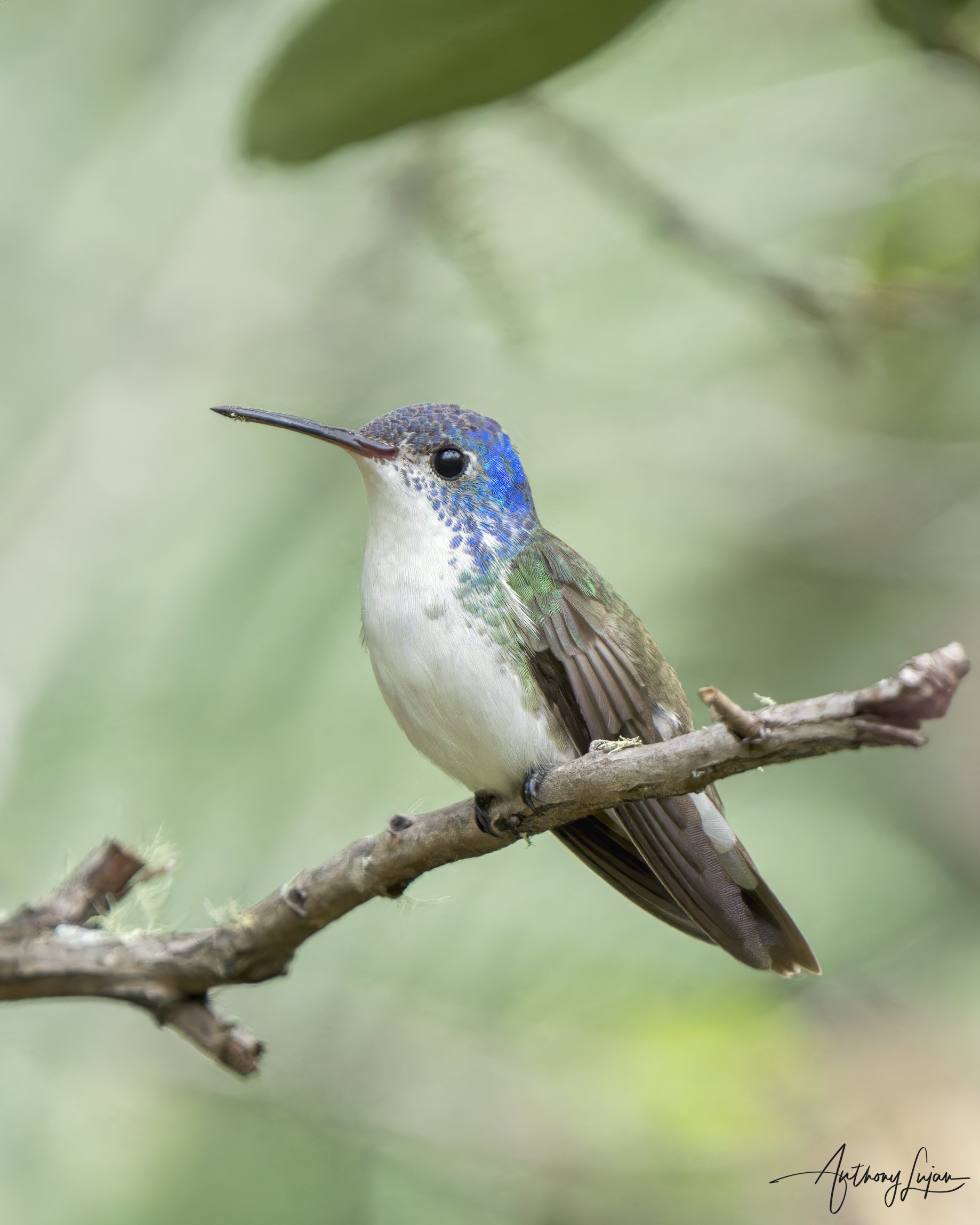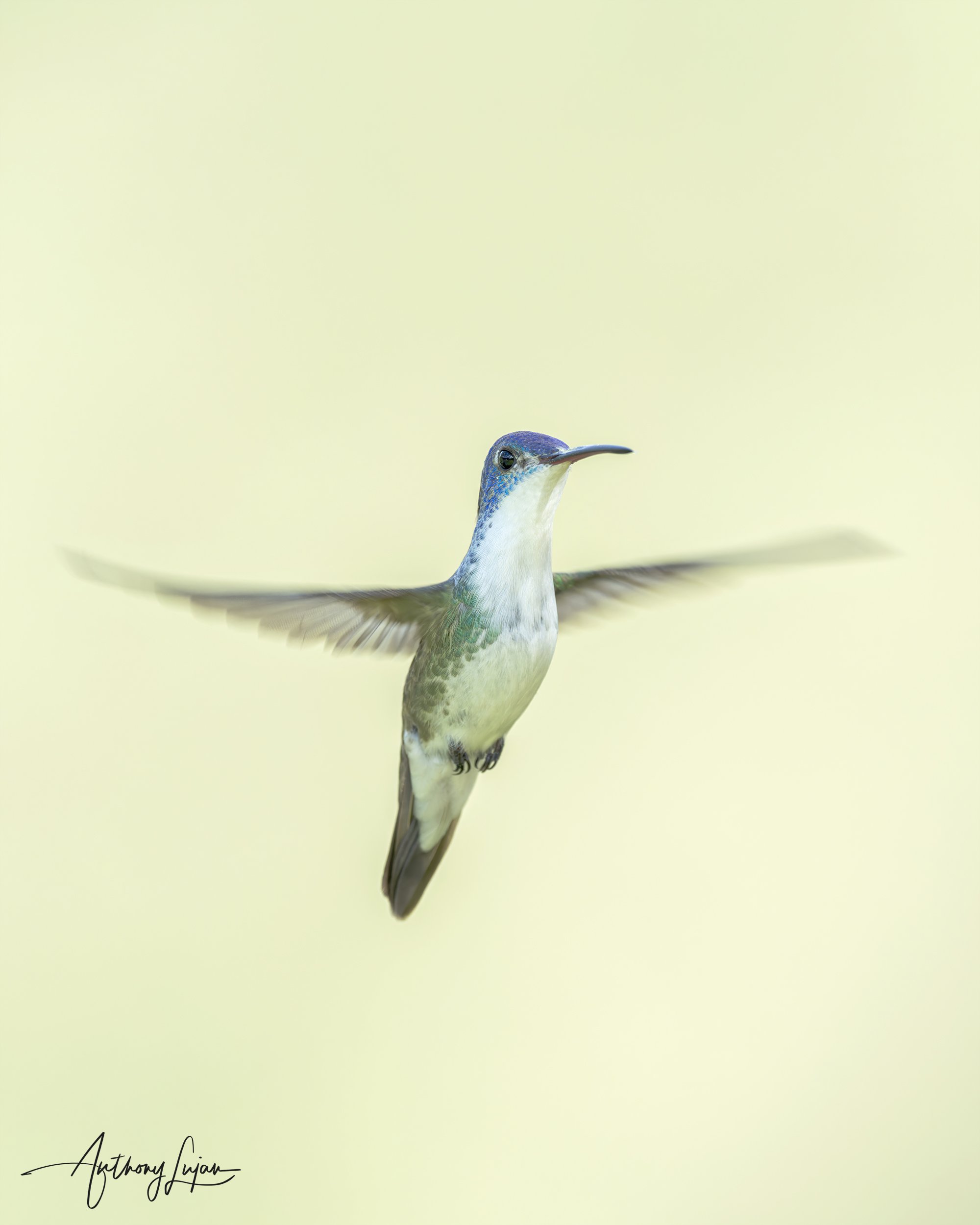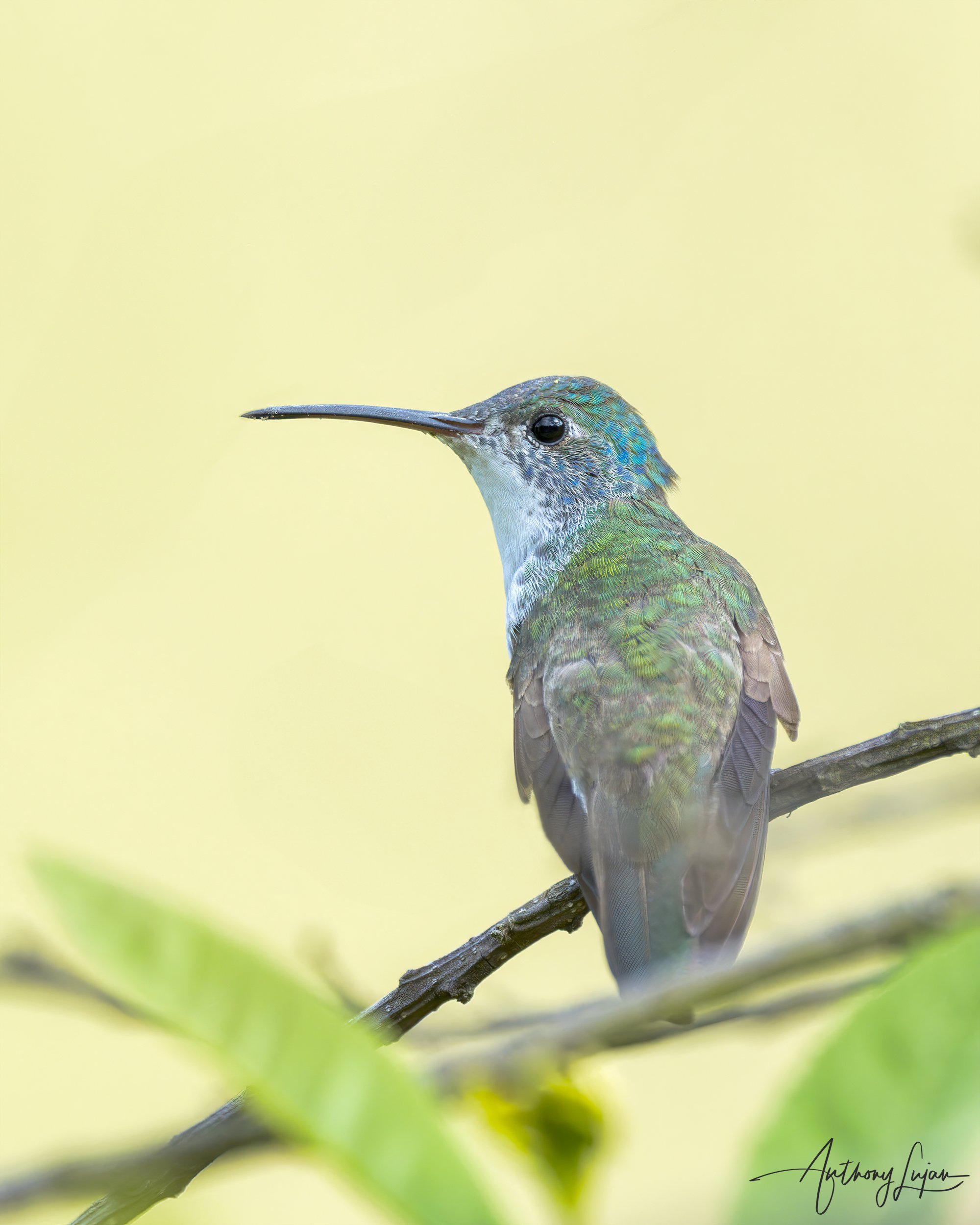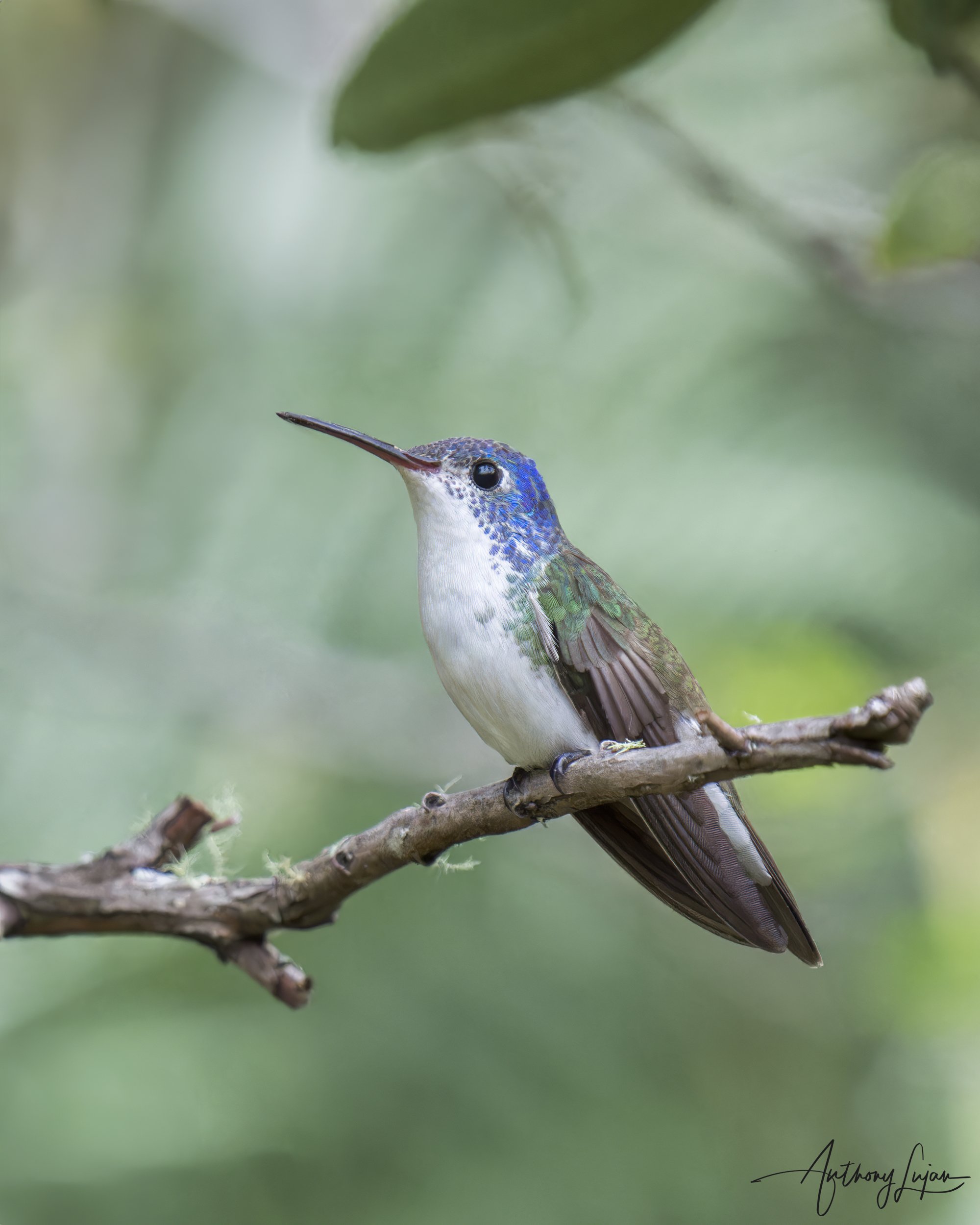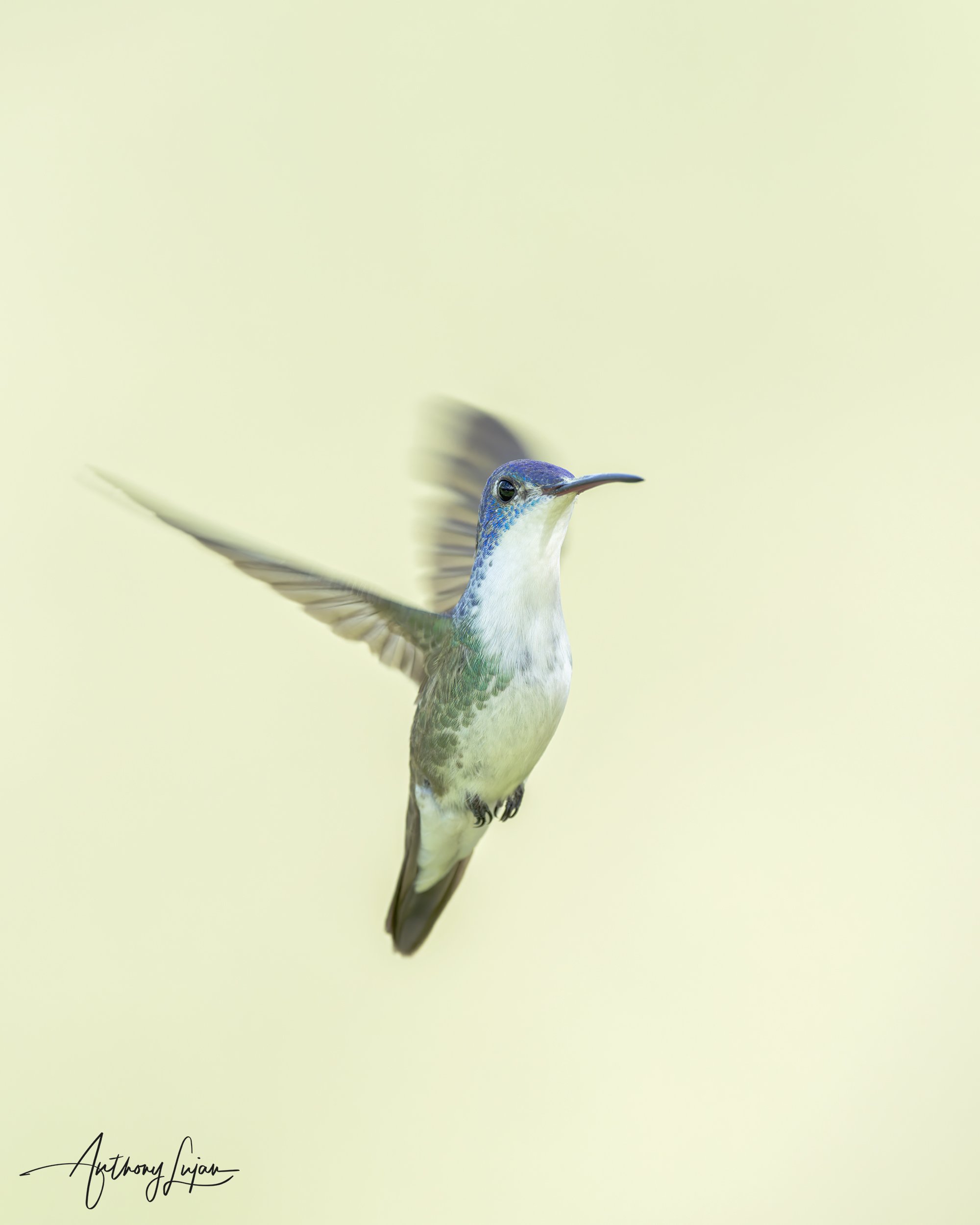Andean Emerald
Andean Emerald (Uranomitra franciae)
Name Origin:
The genus name Uranomitra comes from the Greek ouranos (“sky”) and mitra (“headband” or “diadem”), referring to its shining green crown. The species name franciae honors François Louis de la Porte, comte de Castelnau, a 19th-century French explorer and naturalist who collected specimens in South America.
Quick Facts
🪶 Length: 9–10 cm (3.5–3.9 in)
⚖️ Weight: 4–4.5 g (0.14–0.16 oz)
🌎 Range: Western Venezuela, Colombia, Ecuador, and northern Peru
🧭 Elevation: 500–2,500 m (1,640–8,200 ft)
🌸 Diet: Nectar and small insects
🏡 Habitat: Humid and semi-humid forest edges, plantations, and gardens in Andean foothills
🧬 Clade: Trochilini — “Emeralds” (typical mid-elevation hummingbirds)
📊 Status: Least Concern (IUCN)
Subspecies & Distribution
3 subspecies:
U. f. franciae
Distribution: Andes of western Venezuela and northern Colombia (Sierra Nevada de Santa Marta and Magdalena Valley).
U. f. margaretae
Distribution: Southwestern Colombia south through western Ecuador to northern Peru.
U. f. carrikeri
Distribution: Central Colombia (Upper Magdalena Valley and adjacent eastern slopes of the Central Andes).
Species Overview
The Andean Emerald is one of the most widespread and recognizable hummingbirds of the northern Andes. Shimmering in shades of green and white, it flits gracefully through gardens, plantations, and forest edges. Its adaptability and luminous plumage have made it a familiar sight across elevations, from foothill coffee farms to high Andean slopes.
Male Description:
The male displays vivid emerald-green upperparts, a glittering green crown, and white underparts with a green wash on the flanks. The tail is dark blue-green, often with a subtle bronze gloss. His slender, straight black bill and confident flight are characteristic of the Trochilini group. When light strikes just right, his entire body appears to glow a soft, metallic jade.
Female Description:
The female is paler overall, with green upperparts and grayish-white underparts that may show faint green streaks on the sides. Her tail is similar in color but slightly more rounded, and her bill tends to be a little longer. Though less iridescent, her soft green hues blend elegantly into forest light.
Habitat & Behavior:
Common in forest edges, gardens, and semi-open habitats, the Andean Emerald is a versatile feeder. It visits both native and ornamental flowers, often foraging alongside other hummingbirds without much aggression. It supplements its nectar diet with small insects, which it gleans from leaves or catches in mid-air. Males sometimes perform short, hovering display flights before perching to sing softly.
Conservation Note:
Assessed as Least Concern by the IUCN, the Andean Emerald maintains a large range and stable population. Its tolerance for disturbed and cultivated habitats has helped it thrive despite regional deforestation. Continued preservation of mixed forest and coffee agroforestry landscapes supports both this adaptable species and the pollination networks it sustains.
Below is the Andean Emerald (Uranomitra franciae franciae)
Photographed at RN Retorno del Colibrí, Tolima, and Reserva Ecológica Río Blanco, Caldas, Colombia
These individuals belong to the nominate subspecies franciae, which occurs throughout the Colombian Andes from the Western to the Eastern cordillera. It inhabits humid foothill and montane forest edge, gardens, and semi-open clearings with abundant flowering shrubs.
The Andean Emerald is small and slender, with metallic green upperparts and a pale grayish underbelly. The throat and chest often flash a soft green sheen in males. It frequently visits Inga, Cecropia, and other flowering trees, showing quick darting movements between blossoms.
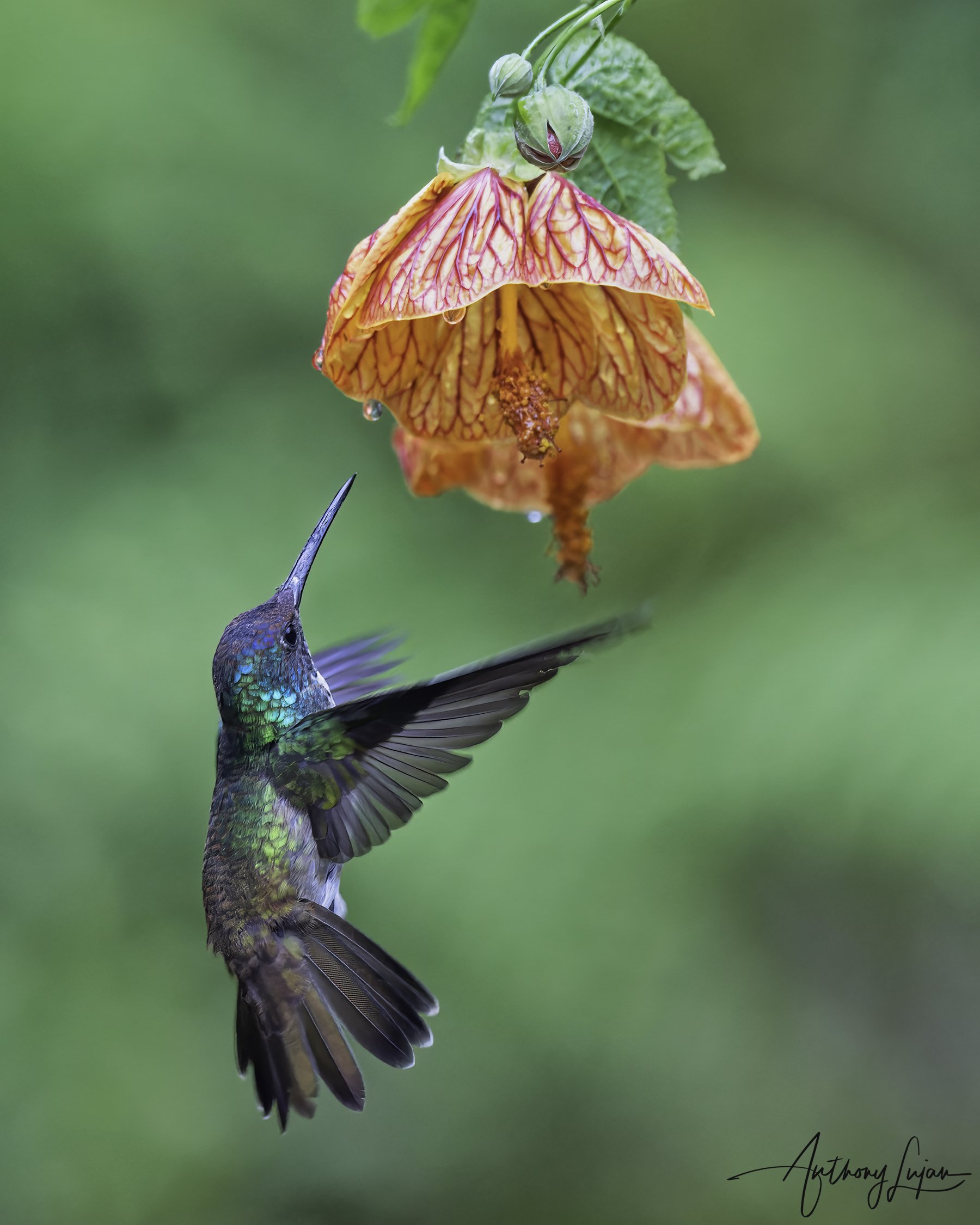
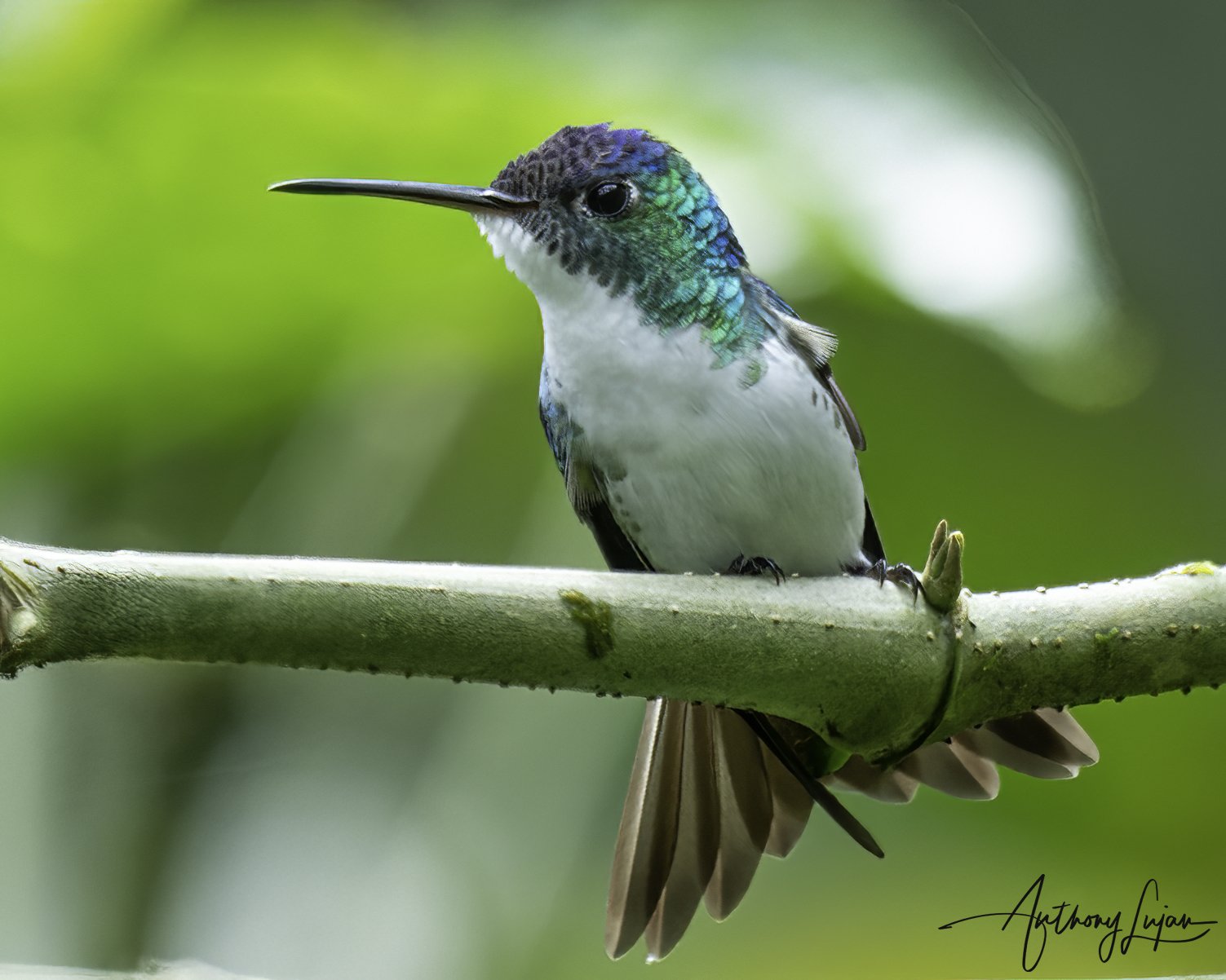
Below is the Andean Emerald (Uranomitra franciae verticeps)
Photographed at Refugio del Colibrí Espátula, Huembo Lodge, and Reserva Privada Santos Montenegro, Amazonas, Peru
These individuals belong to the subspecies rufigaster, which occurs in the northern Peruvian Andes and adjoining valleys. It is found in humid montane forest, garden clearings, and secondary growth with abundant flowering trees and shrubs.
This subspecies is similar in structure to the nominate form but often shows slightly deeper green tones and a faint buff or rufous wash on the underparts, especially in certain light. It is active and territorial, frequently returning to favored flowering stands.
